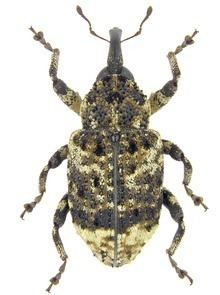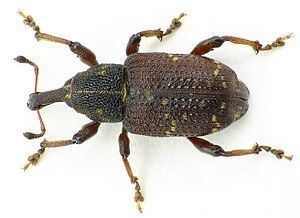Suborder Polyphaga Superfamily Curculionoidea Rank Subfamily | Infraorder Cucujiformia Phylum Arthropoda Order Beetle | |
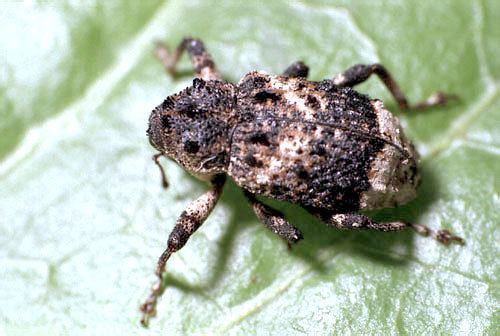 | ||
Similar | ||
The Cryptorhynchinae is a large subfamily of weevils (Curculionidae), with some 6000 species. They are found in most zoogeographic regions although they are most diverse in the Neotropics, Australia and Oceania.
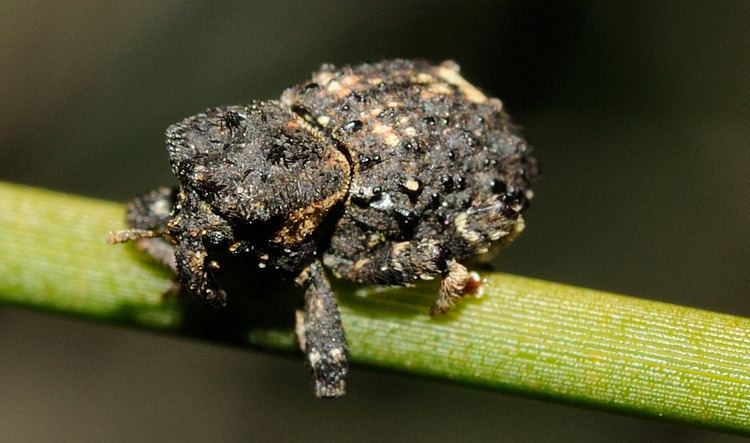
They are distinguished by having their rostrum (snout) backwardly directed between their fore coxae in repose, and fitting within a protective channel that usually ends in a cup-like structure on the mesoventrite (ventral mid thoracic segment). The ends of the tibiae also bear an uncus (small hook-like extensions), a character they share with many other groups of Curculionidae that use woody plants for oviposition. They are merged into the Molytinae in some treatments, but a recent molecular study shows that Cryptorhynchinae sensu strictu are monophyletic and best kept as an independent subfamily.
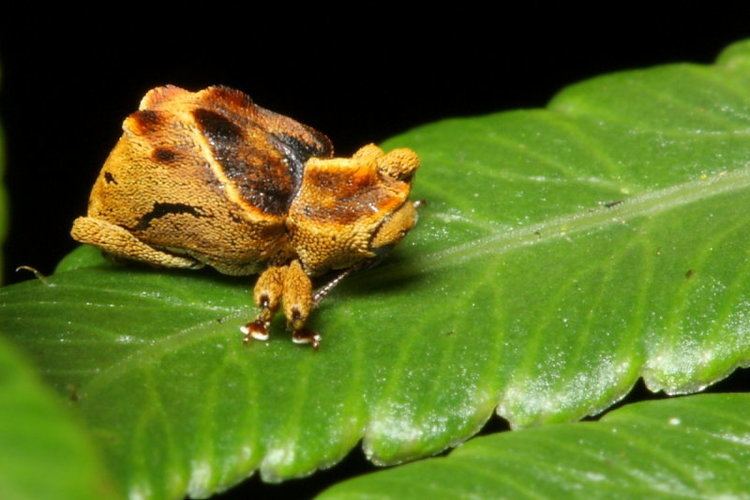
Some species of Cryptorhynchinae are considered agricultural pests, such as the mango seed weevil Sternochetus mangiferae, but the great majority of species live in primary forests, often on deadwood and are threatened by habitat loss. In Europe, the flightless genus Acalles is most diverse, and restricted to woodlands of long-lasting habitat continuity
